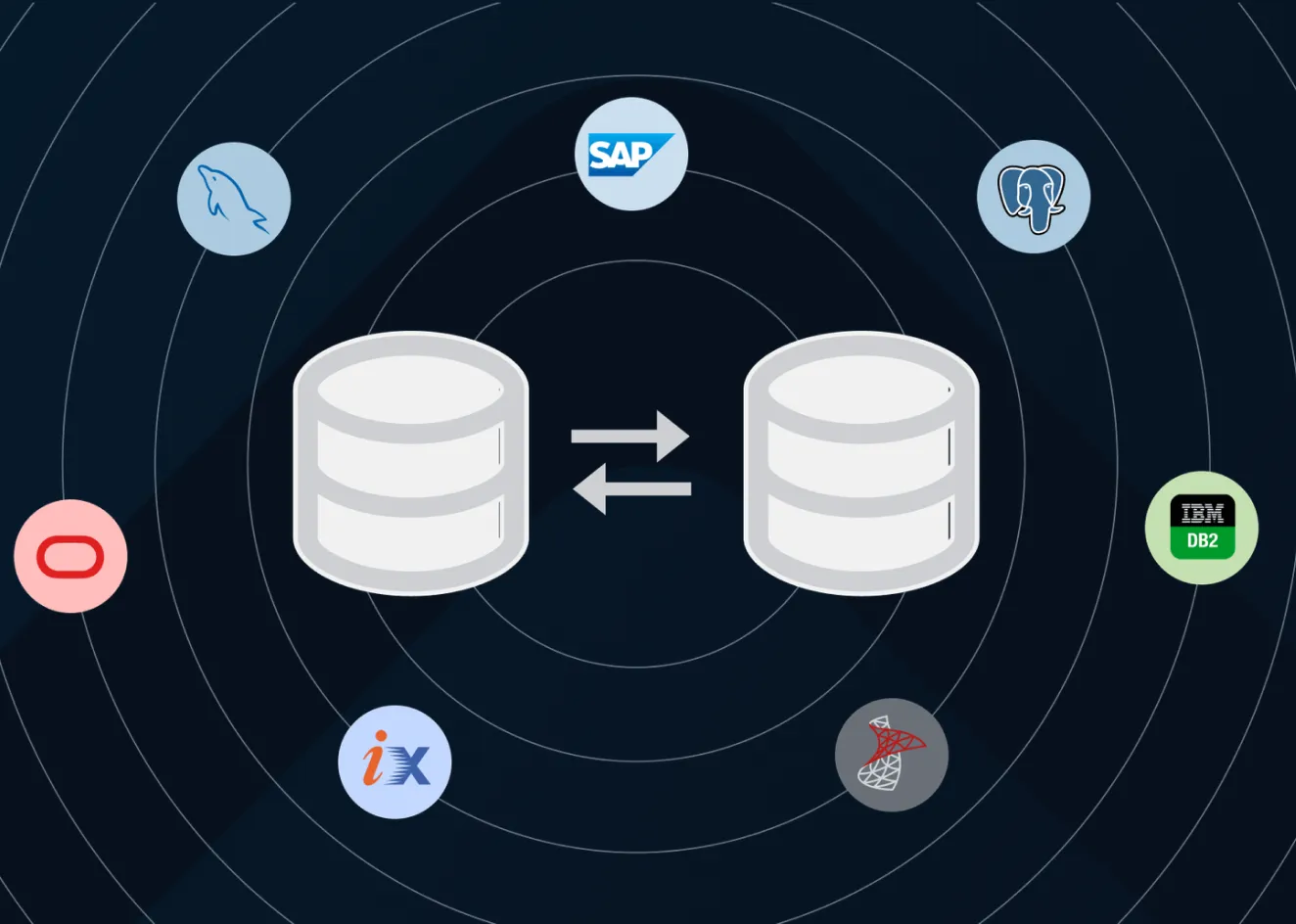Top 10 Low-code Trends 2025

Low-Code Development Trends to Watch in 2025
The technology landscape continues to evolve rapidly, and low-code platforms are at the forefront of digital transformation in 2025. Businesses across industries are leveraging low-code solutions to accelerate application development, enhance agility, and reduce costs. Here are the key trends driving low-code adoption this year.
1. Hyper-Automation with Low-Code
Hyper-automation remains a dominant trend in 2025, with organizations aiming to automate as many business and IT processes as possible. Low-code platforms, like Airtool, provide essential tools for creating scalable automation solutions without extensive coding. This trend is fueled by the need for faster, more efficient workflows and intelligent process automation using AI and machine learning. Companies that successfully integrate hyper-automation can expect significant improvements in operational efficiency, reduced manual errors, and a more agile response to market demands.
2. AI-Driven Low-Code Development
Artificial intelligence continues to integrate deeply into low-code environments. In 2025, expect AI-powered features to assist developers and non-technical users alike by automating code suggestions, enhancing user experience design, and enabling predictive analytics. Platforms that embed AI into their development processes help companies innovate faster and create smarter applications. This trend also enables more advanced natural language processing, personalized user experiences, and automated testing, streamlining the entire development lifecycle.
3. Composable Business Architecture
Organizations are shifting towards composable business strategies, and low-code platforms are pivotal in this transformation. In 2025, enterprises increasingly use low-code to build modular, reusable components that can be rapidly reassembled to meet changing business needs. This approach allows for faster scaling and more responsive digital ecosystems. The flexibility of composable architectures also improves collaboration across teams, enabling rapid prototyping and faster deployment of customer-centric solutions.
4. Enhanced Security and Governance
Security and compliance remain top priorities as cyber threats evolve. In response, modern low-code platforms are embedding advanced security features directly into their core. In 2025, platforms like Airtool offer built-in security, role-based access control, and compliance monitoring to help businesses meet stringent regulatory standards while maintaining agility. Enhanced logging, audit trails, and automated vulnerability scanning are becoming standard, ensuring organizations can detect and mitigate risks proactively.
5. Citizen Developer Empowerment
The democratization of software development continues as more non-developers create applications using intuitive, low-code tools. In 2025, organizations are investing in training programs to equip citizen developers with the skills needed to build and maintain business applications effectively. This trend reduces IT bottlenecks and fosters innovation across departments. Low-code platforms with guided development, templates, and built-in best practices empower users to create high-quality applications that align with enterprise standards.
6. Low-Code for Data-Driven Decisions
Data visualization and analytics have become even more crucial in a data-driven world. In 2025, low-code platforms emphasize powerful, customizable dashboards and real-time reporting capabilities. Businesses rely on these features to transform raw data into actionable insights, enabling smarter decision-making at all levels. Enhanced integration with third-party analytics tools and AI-powered insights allow companies to stay competitive by uncovering trends and making proactive business adjustments.
7. Sustainability and Green IT Initiatives
Sustainability has become a strategic priority for many organizations. In 2025, low-code platforms are increasingly supporting green IT initiatives by optimizing resource utilization and reducing energy consumption. By enabling more efficient code reuse, serverless architectures, and automated scaling, low-code platforms contribute to a reduced carbon footprint. Companies adopting sustainable development practices gain not only environmental benefits but also cost savings and enhanced brand reputation.
8. Integration with Emerging Technologies
The rise of technologies like edge computing, blockchain, and the Internet of Things (IoT) has further expanded the scope of low-code platforms. In 2025, platforms are offering seamless integration with these technologies, allowing developers to create sophisticated solutions that leverage decentralized networks, real-time edge processing, and connected device ecosystems. Businesses that harness these integrations can deliver innovative, future-ready products and services.
9. Personalized User Experiences with Low-Code
In 2025, user-centric design and personalization are paramount. Low-code platforms increasingly support personalized experiences by offering adaptive interfaces, AI-driven recommendations, and dynamic content delivery. This trend helps businesses engage users effectively and improve customer satisfaction.
10. Low-Code Collaboration and Remote Development
As hybrid work continues to shape the future of business, low-code platforms are enhancing collaboration features for distributed teams. In 2025, integrated collaboration tools, version control, and cloud-based development environments empower teams to build and deploy applications from anywhere seamlessly.
Conclusion
Low-code development is reshaping the future of enterprise technology. Platforms like Airtool are leading the way by enabling businesses to innovate quickly while maintaining robust security and scalability. As these trends continue to evolve, organizations that invest in low-code solutions will gain a competitive edge in the digital economy.
By adopting low-code strategies that align with 2025’s most significant trends—from AI-driven automation to sustainable practices—companies can future-proof their operations and stay ahead of the competition. Stay ahead of the curve by exploring how Airtool’s next-generation low-code platform can transform your business in 2025 and beyond. Visit Airtool.io to learn more.

.webp)
